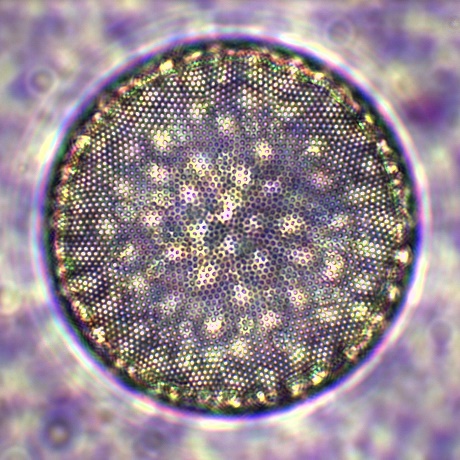The Seven Lakes of San Pablo, known for their diverse ecosystem services, including ecotourism, aquaculture, and cultural significance were recently assessed for their water quality.
This was done through the project, "Development of Models for the Assessment and Monitoring of the Seven Lakes of San Pablo," implemented by the University of the Philippines Los Baños (UPLB) and led by Mr. John Vincent R. Pleto.
Funded by the Philippine Council for Agriculture, Aquatic and Natural Resources Research and Development of the Department of Science and Technology (DOST-PCAARRD), the project primarily aimed to assess and monitor the lakes’ water quality.
Water quality, according to DOST-PCAARRD, plays a crucial role in maintaining a thriving ecosystem and ensuring the well-being of plants, animals, and the environment as a whole.
Water quality assessment revealed notable variations among the lakes during different months. In May 2022, lakes primarily used for fish farming, boating, and fishing exhibited above-the-recommended levels of dissolved oxygen, which may harm aquatic life and affect water quality. However, in August 2022, the water quality of ecotourism lakes such as Pandin, Yambo, Mohicap, and Sampaloc indicated satisfactory levels showing a healthy and functioning ecosystem.
One of the key observations was the prevalence of Microcystis, a type of blue-green algae, across the Seven Lakes. The presence of Microcystis can have an impact on other organisms such as green algae and diatoms, which play essential roles in the ecosystem.

Dolichospermum circinalinis, a type of phytoplankton found in Lake Calibato and Lake Palakpakin.
A significant change in the dominance of algae was observed in August 2022. Diatoms, a type of algae, became more prevalent compared to cyanobacteria, another type of algae. This drastic change, according to the researchers, may be due to the sediments mixing with the water making it cloudy and thus reducing the amount of sunlight reaching the deeper parts of the lake. This change affects the primary production of algae.
Phytoplankton, another type of algae, can also be found in the Seven Lakes. Possible new records of phytoplankton called Dolichospermum can be found in Lake Calibato and Lake Bunot.
Moreover, another type of phytoplankton called Planktothrix may be found in Lake Calibato and Lake Palakpakin. These phytoplankton species produce toxins that are harmful to living organisms in the lakes. Also found in Lake Calibato is a toxic type of algae called Naiadinium, formerly known as Peridinium, which contributes to fish kills and infection in fish gills.
On a positive note, Haematococcus pluvialis, a type of green algae found in Lake Yambo and Lake Sampaloc, produces astaxanthin,an antioxidant beneficial to organisms feeding on them.

New records of centric diatoms, Thalassiosira found in Lake Pandin.
Another new record of green algae species, Botryococcus, originally found in Lake Paoay, Ilocos Norte, has been newly observed in Lake Yambo. Additionally, new records of centric diatoms, Thallasiosira, were discovered mainly in the bottom part of the lake. New records of diatoms, such as the two Epithemia species were also discovered in Lakes Bunot and Pandin. This is along with other new records that require further study, including Moraria and Harpacticoid sp. in Lakes Palakpakin and Yambo, respectively, and Paracyclops and Tropocyclops in Lake Mohicap.
The project says further investigation and proper identification are still necessary to ensure accurate identification and better understanding of relationships of the algae species with other organisms and water quality.
Data collected from quarterly assessments and monitoring significantly contributed to the development of the Water Quality Index (WQI) to understand the overall health of the lake.
Through gained information from the lakes' health, the project hopes for communities to make more informed decisions to ensure sustainable management as well as formulate precautions on maintaining and protecting the lakes and all organisms living in them.
